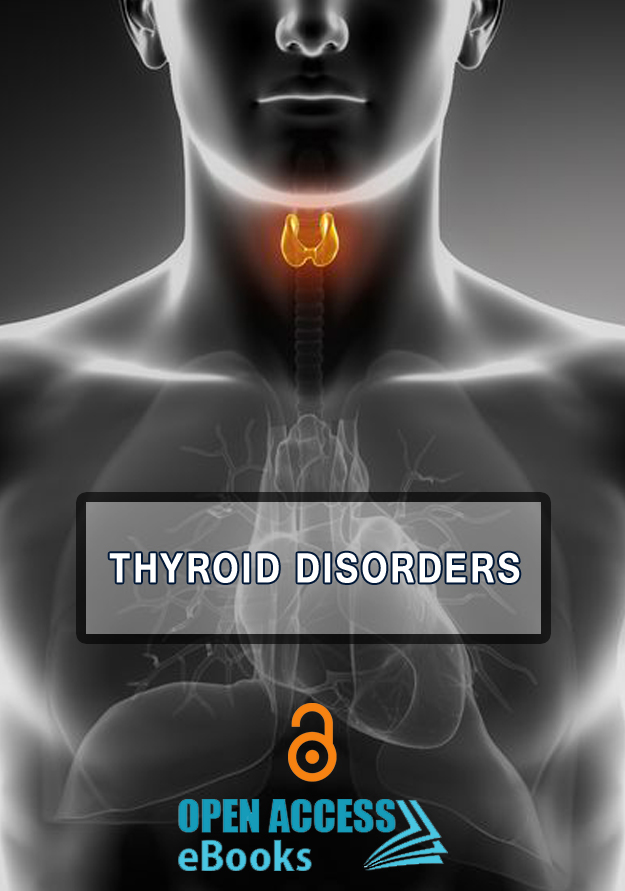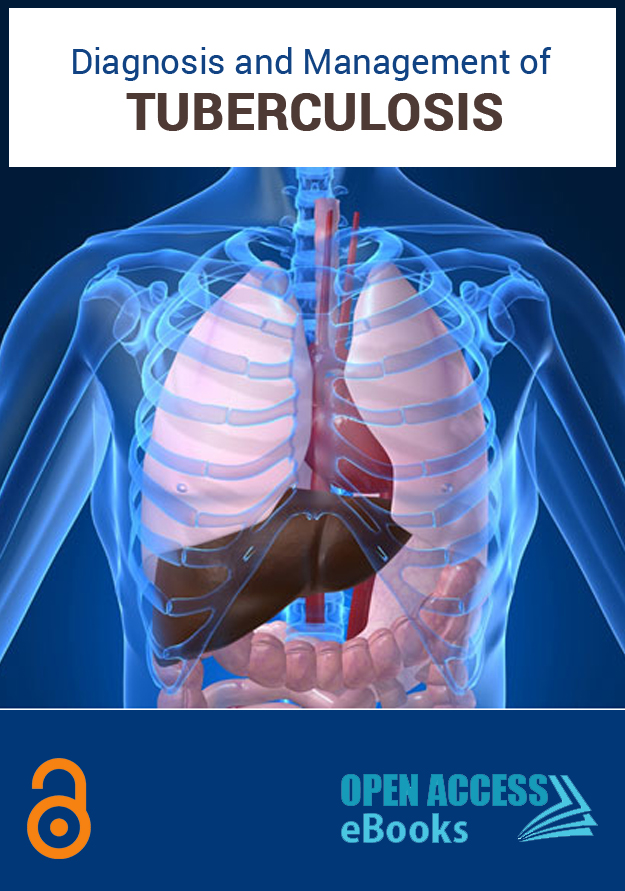
ISBN: 978-93-87500-62-4
Benefits of publishing with us:
Universal Access: eBooks published in Open Access eBooks gain international visibility. No region barriers and content is accessed by everyone across the world from our website. We also deposit published eBooks in different databases.
Freely Available: Open Access eBooks follows the principles of Open Access and the content is available to the readers without any cost. Readers can read, share, and store the published eBooks/book chapters.
Copyright with Authors: As an eBook publisher, we serve researchers in publishing their valuable work after the stringent review process. However, copyright lies with authors. We follow the CC-BY-NC-ND license
(https://creativecommons.org/licenses/by-nc-nd/3.0/).
Different Formats: We provide eBooks in PDF and HTML formats. Both formats are user friendly and can act as per the user requirements. We put our efforts to provide other formats in future.
For more information, contact info@openaccessebooks.com
Published Chapters:
Clinical, Laboratory, Ultrasound, Elastography, Cytological FNB and Anatomopathological Findings Obtained in the Study of Single and Multiple, Solid and Cystic, Benign and Malignant Thyroid Nodules
Author(s): Maria Lucia D'arbo Alves*; Manoel Henrique Cintra Gabarra
The thyroid, a word whose name originates from the Greek word (tiros) which means “shield”, is the first endocrine gland to form in the human embryo, developing during the third week of intrauterine life in the direction of the caudal region, accompanying the migration of the aortic arch [1].
The embryogenesis of the thyroid is complete at about the third month of pregnancy, with the rudimentary thyroid being bilobulated and linked by a ventral isthmus located between the second and third ring of the trachea and growing laterally even after birth [1]..
Minimally Invasive Thyroid Surgery
Author(s): Vanella S*; Crocco A; Michele S; Simone M; Chetta N; Di Meo G; Logrieco G
The trans cervical approach established by Kocher is the most widely used for thyroidectomy.
Advancements in operative technique have led to decreased morbidity, mortality, and surgery through ever-shrinking cervical incisions [2]. Despite these improvements, studies have demonstrated that there can be a significant negative impact on patient quality of life as a result of a visible cervical scar [3]...
Graves’ Disease
Author(s): Liu Minming; Gao Zhengnan*
Hyperthyroidism is a group of diseases leading to excessive TH secretion, increased excitability and hypermetabolism of the nervous digestion and circulation systems. The causes of hyperthyroidism are complicated, while the Graves' disease is the major reason, accounting for about 85% among all hyperthyroidism patients. Graves’ hyperthyroidism is mediated by autoantibody stimulation of the thyrotropin receptor on thyrocytes resulting in excess thyroid hormone production...
Thyroid Eye Disease: A Case Report, Review of Current Literature and Usefulness of Joint Specialist Clinics
Author(s): Shalini Surabhi, Yajati Ghosh, Parijat De*
Grave’s disease is a common endocrine condition often associated with eye disease resulting in Graves’ orbitopathy (GO).We report a case of GO which was successfully managed in a combined thyroid eye disease (TED) specialist clinic. We also review the literature and discuss diagnostic criteria for GO, EUGOGO severity classification, Amsterdam declaration for prevention and care of TED and the UK TEAMeD audit survey, recommendations and combined specialist TED clinics to improve outcome for TED patients.
Thyroid Hormone Replacement Therapy Options in the Treatment of Hypothyroidism
Author(s): Vaishnavi Kumar; Parijat De*
Disorders of the thyroid gland are one of the most common endocrine problems and hypothyroidism tends to affect a large proportion of the population.The prevalence of primary hypothyroidism in the UK is between 1-2% and is 10 times more common in females. Management of hypothyroidism involves lifelong thyroid hormone replacement to alleviate the symptoms and improve long term adverse health outcomes associated with the disorder. Untreated, hypothyroidism can lead to adverse cardiovascular outcomes mediated by hypercholesterolemia, hypertension and worsening atherosclerosis. The goal of therapy in primary hypothyroidism is to maintain TSH levels within the population specific reference ranges and improving the symptoms.
Perioperative Management of Thyroid Disease in Non-Thyroid Surgery
Author(s): Haider Ayad Alidrisi*
Thyroid disease is common. The prevalence is higher in women and with increased age. Most patients with thyroid disease are unaware of their illness [1,2]. Thus, a significant number of patients may have concomitant thyroid disease at the time of surgery. Most patients on treatment for thyroid disease do not need special consideration before surgery. But newly diagnosed or uncontrolled thyroid disease requires evaluation before proceeding with surgery.


